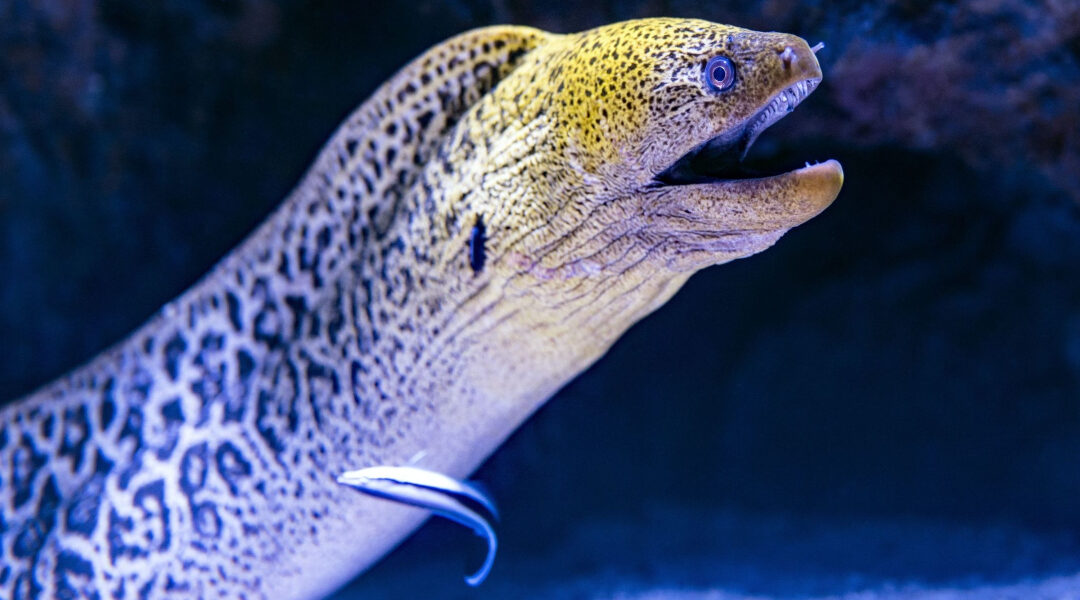In the age of technological advancements, scientists and researchers have been exploring nature’s mysteries to unlock groundbreaking innovations. One such realm of exploration involves bioelectric animals, fascinating creatures with unique abilities that could hold the key to revolutionizing human health. In this article, we delve into the importance of bioelectric technology and its potential to reshape healthcare for the better.
Bioelectricity, a phenomenon where living organisms generate and use electric currents within their bodies, is a remarkable aspect of nature. From electric eels to cuttlefish, many creatures have harnessed this power for various purposes, offering valuable insights for medical science.
One remarkable bioelectric animal is the electric eel. These serpentine creatures, found in the Amazon Basin, can produce powerful electric shocks to navigate, locate prey, and defend themselves. Scientists have long been intrigued by how electric eels generate and control electricity within their bodies, and this curiosity has led to exciting developments in bioelectric technology.
By studying the electric eel’s electric organs, scientists have gained valuable insights into the design of bioelectric implants that can restore lost sensory functions in humans. Imagine a world where individuals with hearing impairments could regain their sense of hearing through bioelectric implants that mimic the electric eel’s abilities. This is just one example of how nature’s wonders can be applied to improving human health.
Another bioelectric marvel is the cuttlefish, a cephalopod known for its mesmerizing color-changing abilities. Cuttlefish use bioelectric signals to rapidly change the color and texture of their skin, allowing them to camouflage and communicate with one another. Researchers have been inspired by these natural abilities to develop advanced technologies for monitoring and treating skin conditions in humans.
One such innovation is the development of smart bandages that utilize bioelectric sensors to detect and respond to changes in the skin. These smart bandages have the potential to revolutionize wound care by providing real-time data on wound healing, infection detection, and more, all while adapting to the individual’s needs, much like a cuttlefish adapting to its environment.
The bioelectric world doesn’t stop at electric eels and cuttlefish. Many other creatures, such as electric rays, bees, and even the human body itself, use bioelectricity for vital functions. This diverse range of natural examples demonstrates the versatility of bioelectric technology in improving human health.
One area where bioelectric technology holds immense promise is the treatment of neurological disorders. By understanding how electric signals in the brain and nervous system operate, researchers are developing innovative therapies for conditions like epilepsy, Parkinson’s disease, and even paralysis. These therapies aim to restore normal electrical function in the nervous system, offering hope to millions of individuals worldwide.
Moreover, bioelectric technology is paving the way for personalized medicine. By harnessing the body’s own electrical signals, doctors can develop tailored treatments that work in harmony with a patient’s unique physiology. This approach minimizes side effects and enhances treatment effectiveness, leading to better outcomes for patients battling various diseases.
In conclusion, the study of bioelectric animals and their extraordinary abilities provides a valuable roadmap for the future of healthcare. By learning from nature and applying these insights to the human body, we can develop innovative solutions that improve the lives of countless individuals. From bioelectric implants inspired by electric eels to smart bandages inspired by cuttlefish, the potential of bioelectric technology in health improvement is boundless. As scientists continue to unravel the mysteries of nature’s electric marvels, we can look forward to a healthier and more promising future for all.

